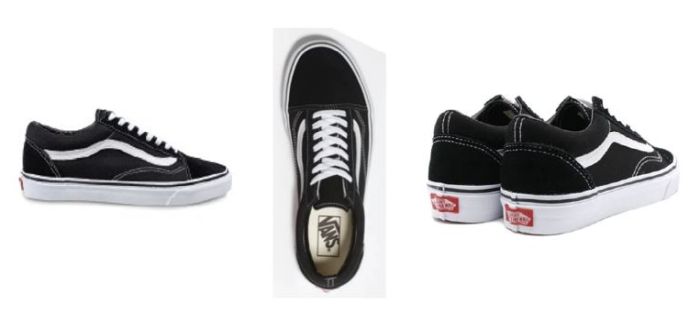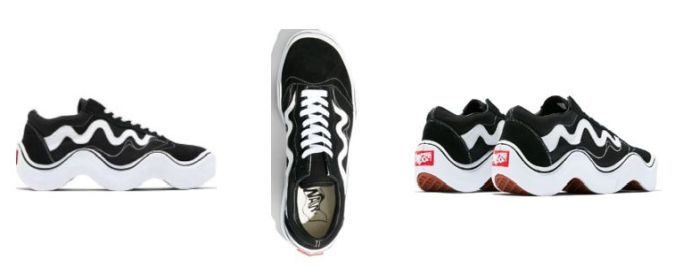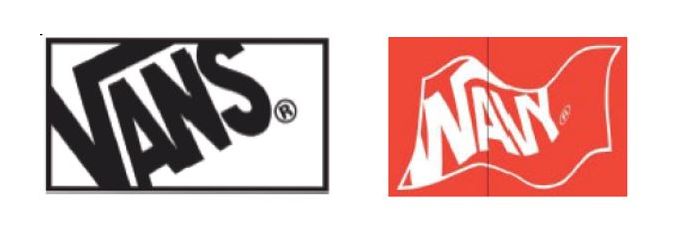Courts typically analyze trademark infringement claims under the Lanham Act's likelihood of confusion test. This traditional test, however, is applied more narrowly when an allegedly infringing product is a work of artistic expression. In those cases, courts apply heightened scrutiny to claims of infringement under a threshold First Amendment filter, such as the Rogers v. Grimaldi test. The circumstances under which the Rogers test applies were recently clarified by the Supreme Court in Jack Daniel's Properties, Inc. v. VIP Products, LLC. In Jack Daniel's, the Supreme Court held that the Rogers test does not apply "when an alleged infringer uses a trademark in the way the Lanham Act most cares about: as a designation of source for the infringer's own goods." You can read more about the Jack Daniel's case in our article SCOTUS: Dog Toy in the Doghouse as Jack Daniel's Trademark Infringement Claims Remanded to District Court. Relying on the Supreme Court's Jack Daniel's decision, the Second Circuit affirmed a district court's refusal to apply the Rogers test when analyzing whether MSCHF's parody sneaker, the "Wavy Baby," infringed Vans' trademarks and "Old Skool" trade dress.
Vans is a footwear and apparel company with roots in skateboarding culture. In 1977, Vans debuted what would become one of its most popular products, the "Old Skool" skate shoe:

Vans claims to own trade dress rights in the following combination of elements used on its "Old Skool" shoes: (1) the Vans Side Stripe Mark on the upper shoe; (2) a rubberized sidewall of uniform height around the shoe's perimeter; (3) a three-tiered or grooved sidewall; (4) a textured toe box; (5) visible stitching; and (6) the placement and proportion of each of these elements in relation to one another.
In 2022, Vans learned that MSCHF (pronounced "mischief") intended to release a parody of Vans' Old Skool shoe. MSCHF is a Brooklyn-based art collective that has made a name for itself by creating and selling bizarre products that poke fun at contemporary society, including the political system, legal system, consumerism, standardized testing, and more. To critique "sneakerhead culture," which involves collecting, trading, and displaying sneakers as a hobby, MSCHF created the Wavy Baby sneaker:

Upon learning of MSCHF's planned release of its parody sneaker, Vans sent MSCHF a cease-and-desist letter asserting that the Wavy Baby infringed Vans' marks and Old Skool trade dress. MSCHF, however, proceeded to launch a one-hour sale of Wavy Baby sneakers over Vans' objection and sold over 4,000 units during that time. In response, Vans filed a complaint in the Eastern District of New York followed by a motion for preliminary injunction to enjoin MSCHF from selling and promoting the parody sneaker.
The district court granted Vans' motion, finding that Vans was likely to prevail on its infringement claims. In reaching its conclusion, the district court rejected MSCHF's argument that the Wavy Baby shoe is an artistic expression subject to enhanced First Amendment protection under the Rogers test. Instead, the district court analyzed Vans' infringement claims using the traditional likelihood-of-confusion factors and determined that thosefactors, on balance, favored Vans. MSCHF appealed the to the Second Circuit.
On appeal, MSCHF challenged the district court's finding that Vans was likely to prevail on its infringement claims, arguing that the district court erred both in refusing to apply the Rogers test and in its analysis of the likelihood-of-confusion factors. The Second Circuit rejected both arguments.
Regarding the applicability of Rogers, the Second Circuit looked to the Supreme Court's Jack Daniel's decision for guidance. The Second Circuit found that "[t]he Supreme Court's decision in Jack Daniel's forecloses MSCHF's argument that Wavy Baby's parodic message merits higher First Amendment scrutiny under Rogers" because, "even if a defendant uses a mark to parody the trademark holder's product, Rogers does not apply if the mark is used 'at least in part' for 'source identification.'" Here, the Second Circuit held that although the Wavy Baby is a parody, it was not entitled to Rogers' enhanced First Amendment protections because MSCHF was using Vans' marks and trade dress as source identifiers.
In reaching its holding, the Second Circuit found that "MSCHF used Vans' marks in much the same way that VIP Products used Jack Daniel's marks," including to "evoke[] myriad elements of the Old Skool trademarks and trade dress," such as the black and white colors, the side stripe, the perforated sole, the logo on the heel, the logo on the footbed, and the packaging. The Second Circuit did acknowledge that MSCHF used its own "Wavy Baby" branding on the parody sneaker but determined that the branding evoked Vans' logo on the Old Skool shoe, e.g.:

Ultimately, the Second Circuit was persuaded by the fact that, in designing the Wavy Baby shoe, MSCHF admitted to starting with an image of Vans' Old Skool shoe, which, according to the Second Circuit, demonstrated that "MSCHF sought to benefit from the 'good will' that Vans—as the source of the Old Skool and its distinctive marks—had generated over a decades-long period."
Having determined that the district court properly declined to apply Rogers, the Second Circuit next turned to the district court's application of the likelihood-of-confusion factors and found that the district court did not err in its application of those factors. The Second Circuit evaluated eachfactor and, like the district court, held that MSCHF's Wavy Baby sneaker was likely to cause consumer confusion. Despite considering the parodic nature of the sneaker throughout its analysis, the Second Circuit concluded that nearly all of the likelihood-of-confusion factors favored Vans. For example, with regard to the similarity of the marks, even though the Wavy Baby shoe distorts Vans' marks and many elements of Vans' trade dress, the shoe designs were still found to be confusingly similar because MSCHF designed its parody sneaker so that these distorted features "are placed relative to one another such that the Wavy Baby's appearance evokes Vans' Old Skool sneaker." The Second Circuit also observed that Vans had done numerous collaborations with high-profile brands and celebrities in which the Old Skool trade dress was slightly modified, so it was not far-fetched for consumers to believe that the Wavy Baby shoe was just another of those collaborations. Further, as to the competitive proximity of the parties' shoes, the Second Circuit observed that MSCHF promoted the Wavy Baby shoe not merely as artwork for display but as a wearable shoe that is sold on the same secondary platforms that sell Vans' Old Skool shoe. In the end, the Second Circuit stated that the Wavy Baby shoe failed to create sufficient contrasts with Vans' Old Skool shoe and thus failed to succeed as a parody for purposes of the Lanham Act infringement analysis.
This case is Vans, Inc. v. MSCHF Prod. Studio, Inc., 88 F.4th 125 (2d Cir. 2023).
The content of this article is intended to provide a general guide to the subject matter. Specialist advice should be sought about your specific circumstances.


